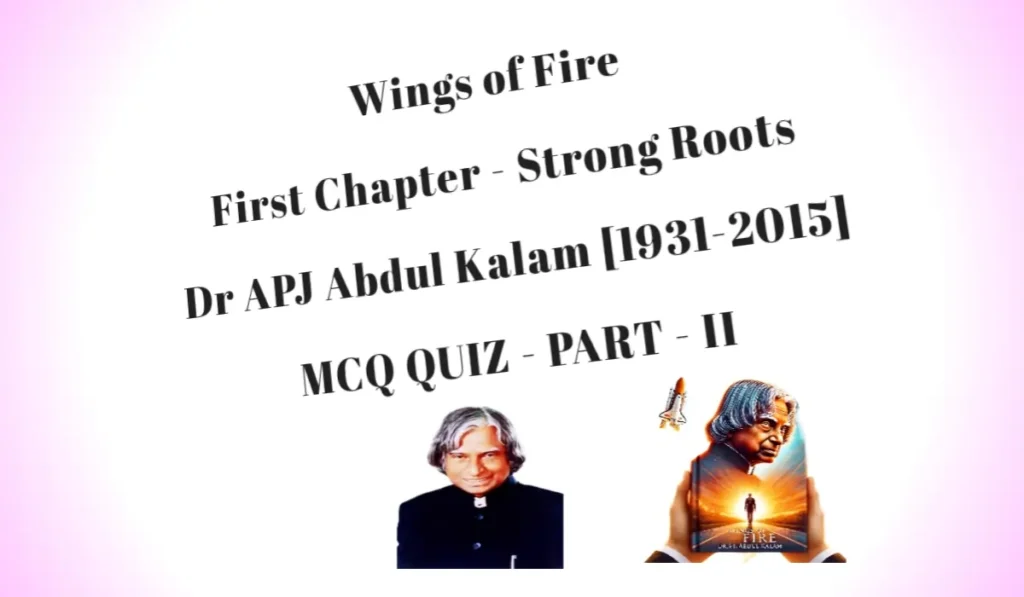Question : Essay-type
Discuss ‘The Prologue to the Canterbury Tales’ as a picture of the contemporary society in Chaucer’s time.
Introduction
Chaucer is the first great painter of character in English literature. In fact, next to Shakespeare, he is the greatest in his field. His ‘The Prologue to the Canterbury Tales’ has been universally acclaimed as a fine picture of the fourteenth century England. It artistically holds up a mirror to Chaucer’s contemporary society. He painted his society in a realistic manner and with great artistic detachment.
The Prologue to the Canterbury Tales : A True Picture of the Medieval English Society
Chaucer’s ‘The Prologue to the Canterbury Tales’ has been called ‘The Prologue of Modern Fiction’. Almost all the main social elements are included in it. The institution of chivalry is represented by the Knight and his son. The Yeoman represents the newly emerging fighting class. The rising middle classes are well exemplified by the London merchant, the five tradesmen, the Host, the London Cook and Manciple. Monastic orders are exemplified by the Monk, the Prioress, the Nun, the Friar and the Pardoner. The Clergy is represented by the good person. The liberal profession is represented by the Doctor of physic, the Man of law, the clerk of Oxford and the poet himself. From the provinces come the craftsmen, the Dyer and the wife of Bath. Thus all the main social elements of medieval English society are represented well enough by the thirty pilgrims painted in the prologue. This realistic basis of pilgrims made them immediate interest to Chaucer’s contemporaries.
Religious Conditions & Ladies In The Prologue
Chaucer refers to the religious conditions of his times by creating the ecclesiastical characters in the prologue. Chaucer’s Monk is a fat, who is more interested in hunting than in the performance of his religious duties. Chaucer throws light on the condition of women of his times in the prologue. Chaucer has presented three ladies–the Prioress, the Nun and the wife of Bath. The ladies are quite representatives of the women of his times.
Political & Other Conditions
In his Tales Chaucer realistically presented the political conditions of his times. He referred to the peasants’ revolt. In Chaucer’s presentation of the Carpenter, the Dyer, we meet the new powers. In Chaucer’s Doctor of physic, we have an excellent picture of medieval medicine man.
Business Conditions
The fourteenth century England witnessed the rise of the rich and prosperous merchants and tradesmen. They carried splendid business with European countries. Small traders and handicrafts grew into power and began to behave like aldermen and well-to-do citizens.
Beginning Of Learning In The Prologue
Through the clerk of Oxford Chaucer has presented the interest that people of this age began to take in classical writers. The new learning began to be popular at this time as can be seen in the case of the clerk of Oxford.
Conclusion
So we find that Chaucer is the chronicler of his age, and he reflects his country not in fragments but completely. He heralds the birth of the new humanism and the dawn of the Renaissance and at the same time he vividly brings before us the traditions and conventions which his age had inherited from the Middle Ages.








